These are sculpted selections of field sounds, creating an informative flow for your listening enjoyment. Instead of instruments, the composer is using recordings and arranging selections from the spectrum of audio that has been captured.
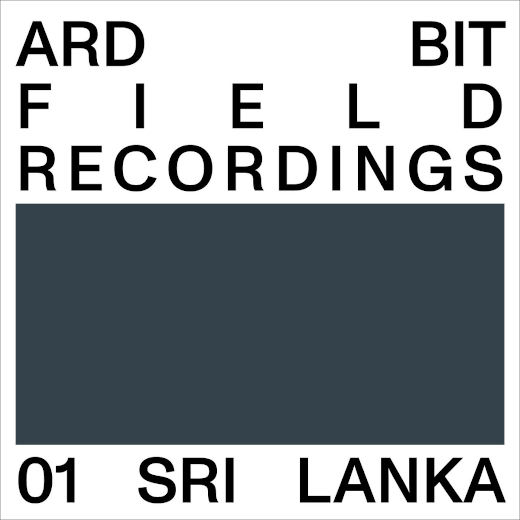
Sculpted selections of field sounds
Field Recordings is a project by Ard Bit, creating a series of simple compositions about an auditory world in which one traverses. This is a series based on a continuous curiosity and explorations of (natural) sound fields. The recordings are arranged in a soundscape, sometimes accompanied by musical elements, or simply displayed as it was captured. Ard Bit used contact microphones, geofon, shotgun microphones and/or a handheld recorder. For the packaging, the plan is to make new themed cover art as the series expands, and to open up the selection process for new graphic designers.
Ard Bit is a Rotterdam-based composer, sound designer and field recordist who creates audio sculptures which are subtle, layered and characterized with great detail. His musical forms come about through free improvisation and systematic composition with a focus on minimalism. These are sculpted selections of field sounds, creating an informative flow for your listening enjoyment. Instead of instruments, the composer is using recordings and arranging selections from the spectrum of audio that has been captured. Perhaps the concept of place is central, this is how it sounded when the recorder was on. The editing is perfect, the sound just flows with no evident jumps, but the listening experience puts you in a special and unique artificial soundscape.
Here is what I dug up: Sri Lanka’s documented history goes back 3,000 years, with evidence of prehistoric human settlements that dates to at least 125,000 years ago. Science fiction author Arthur C. Clarke served as chancellor of Moratuwa University from 1979 to 2002. The climate is tropical and warm. Sri Lanka has the highest biodiversity per unit area among Asian countries for flowering plants and all vertebrate groups except birds. Sri Lanka contains four terrestrial ecoregions: lowland rain forests, montane rain forests, dry-zone dry evergreen forests, and Deccan thorn scrub forests.
Sri Lanka has a rich cultural heritage. The earliest known Buddhist writings from Sri Lanka, known collectively as the Pāli canon, date to the fourth Buddhist council, which took place in 29 BCE. When Sri Lankans say yes, they don’t nod their heads up and down but rather waggle from side to side, so it looks as if they are saying no instead. Sri Lanka was called Ceylon until 1972. Until today, some organizations in Sri Lanka still have “Ceylon” in their names. The railway network, operated by the state-run National Railway operator Sri Lanka Railways, spans 1,447 kilometers (900 mi).
“Part 1” (10:07) — The sound of the ocean, stones, walking, bugs, birds, woods, water, flies, birds, the rainforest, people talking (probably in Sinhala or Tamil), and ending up in a transit station.
“Part 2” (10:55) — The sound of the interior of a train carriage in motion (sound of passing tracks and street), birds, kids, transit station, rain, water (paddling?), night (so quiet) a distant motorcycle, ducks, birds.
Field Recordings – 01 Sri Lanka is available on Bandcamp.
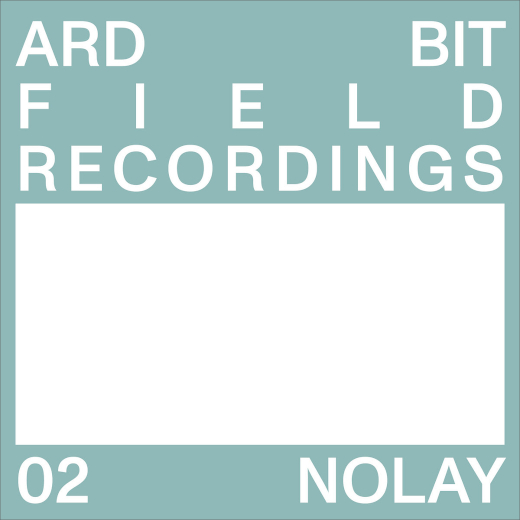
The recordings for this episode were made in a beautiful place called Nolay in Burgundy, France in the fall of 2021. Here is what I uncovered: Nolay is a small medieval market town in France, widely regarded as one of the most beautiful towns on the southern edge of the Côte-d’Or with its 14th century Central Market and wooden framed houses. The town marks the transition between the forests and plains to the north and west and the hillside vineyards of the wealthy Burgundian wine regions surrounding Beaune and the Chalonnaise hills to the south, in the heart of the Cozanne Valley.
1. “Le Drone” (3:42) the drone — The sound of birds, the open breezy sky, along comes the sound of some kind of flying technology, eventually things quiet down and you hear just birds, later there is the return of sustained distant noisy aircraft sounds.
2. “La Feuille” (3:54) the sheet — The sound of fire crackling, birds in the background, sizzle.
3. “Les Charmes du Mont” (5:42) the charms of the mountain — The sound of crackling (motion in brush?), walking, a distant accordion slowly plays some sustained notes, the sounds of wind, rain…
Field Recordings – 02 Nolay is also available on Bandcamp.
Field recording is the term used for an audio recording produced anywhere outside of a recording studio, and the term applies to recordings of both natural and human-produced sounds. Making a field recording often involves the capture of ambient noises that are low level and complex, with the introduction of high-quality, portable recording equipment, it has subsequently become an evocative art-form in itself. The trick is using the ordinary tools in interesting ways, and figuring out what to record. The better the microphone, the better the sound, but sometimes the hiss of the recording technology becomes part of the sound design strategy, because it sounds old and remote.
Field Recordings is a series of audio experiences intended to blend the special location aspects with the artistic arrangement of these sounds. Adding this dimension to the realm of recreational listening has expanded the whole concept of what you do with your ears. Music has never been the same. Ever.
Ard Bit is the brainchild of Ard Janssen, and is the moniker for his vision of abstract electronic music. Downtempo beats, atmospheric soundscapes, and an amount of melancholy, molded in a fresh form, is characteristic for his music. In 1999 he enrolled in the Royal Conservatory of The Hague where he studied electronic composition at the institute of Sonology. He received his degree in June 2003.
Visit Ard Bit at www.ardbit.com.






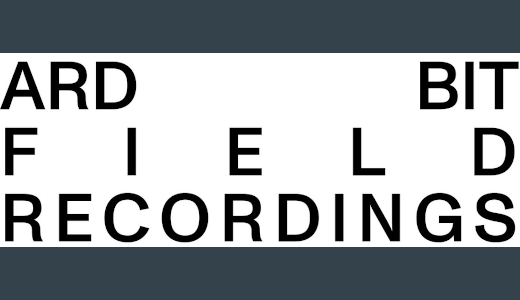
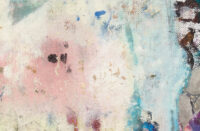
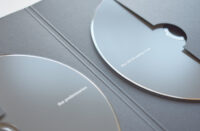


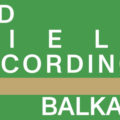
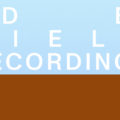
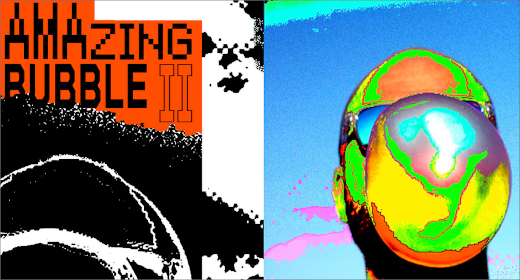
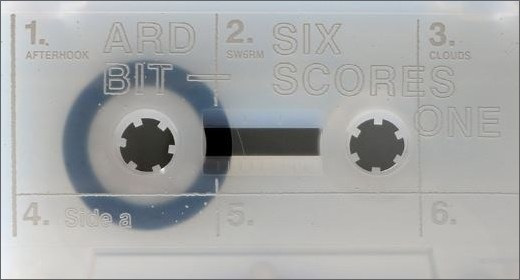
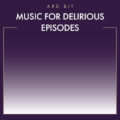
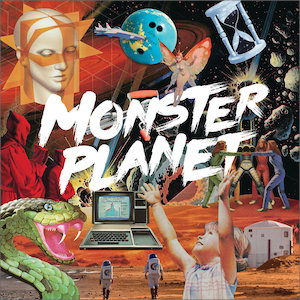

![Pole :: Tempus Remixes (Mute) — [concise]](https://igloomag.com/wp/wp-content/uploads/2025/04/pole-tempus-remixes_feat-75x75.jpg)






![Hasbeen :: Bunker Symphonies II (Clean Error) — [concise]](https://igloomag.com/wp/wp-content/uploads/2025/04/hasbeen-bunker-symphonies-ii_feat-75x75.jpg)
